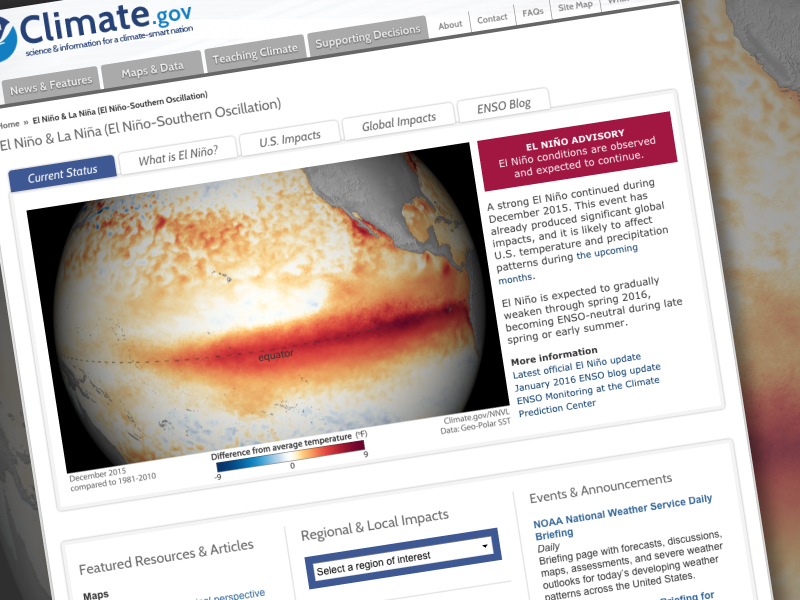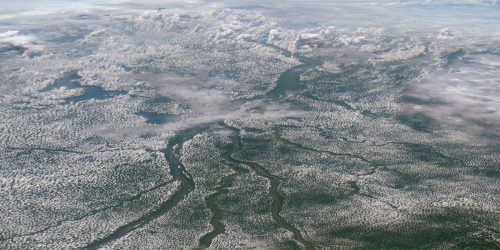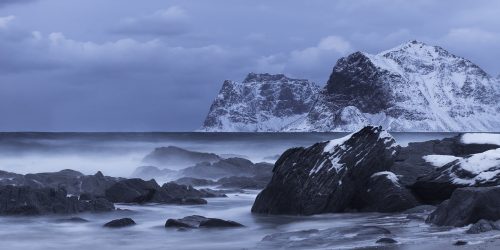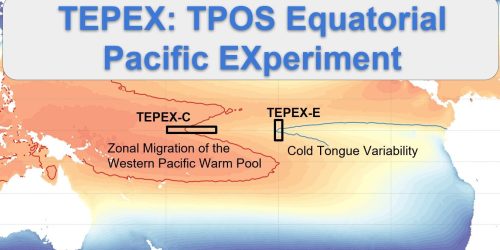

Earlier this month, NOAA Climate.gov and the Climate Program Office Communications and Education (CommEd) team unveiled a new webpage to track El Niño and La Niña events: www.climate.gov/ENSO.
The El Niño Southern Oscillation (ENSO) page includes information to educate the public on El Niño and La Niña, the impacts both in the United States and around the world, and highlights Climate.gov’s popular ENSO blog, which offers updates and ENSO news. Resources include maps, data on ENSO impacts on ecosystem and populations, and videos dedicated to helping the public understand the climate phenomenon.
What is ENSO?
Periods of warming (El Niño) and cooling (La Niña) on the surface waters of the Pacific Ocean are referred to as the El Niño Southern Oscillation—ENSO for short. The El Niño and La Niña events alternate irregularly approximately every two to seven years and we are currently experiencing an El Niño event.


During El Niño, surface waters in the Pacific Ocean warm as surface winds weaken, thus increasing rainfall in the Eastern Pacific. The heat energy fuels the jet stream, which flows eastward. Due to pressure changes, there are traditionally drier climates in the Northwest, Rockies, and Ohio Valley, and wetter temperatures across the southern United States. During the winter, El Niño usually creates warmer temperatures in the Northern United States and cooler temperatures in the Southern United States.
During a La Niña event, surface winds strengthen and push warmer water back towards the Western Pacific. Sometimes, the winds are stronger than normal, which causes colder waters to resurface. The climate effects reverse in the United States as the south becomes drier (warmer in winter) and the northwest, Rockies, and Ohio Valley are wetter (colder in winter).
El Niño and La Niña are major weather events that affect climate and weather patterns, food production, water supply, and community health around the world. It is important to ensure communities are prepared to mitigate the immediate and long-term effects of the ENSO on populations in the United States and abroad.
Learn more at: www.climate.gov/ENSO
NOAA Climate.gov unveils new El Niño Southern Oscillation webpage











